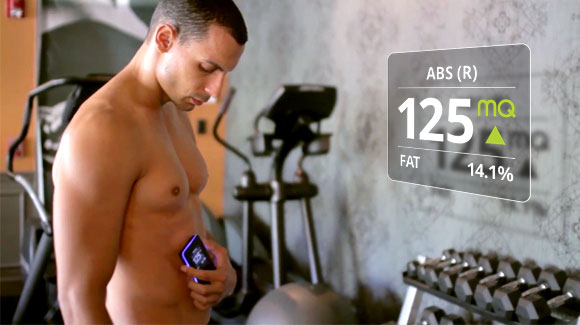
You should buy a Skulpt Aim because “you can’t improve what you can’t measure.” Or so they say.
But do they measure something worth improving? They claim to record body fat percentage but cite no evidence their method is accurate (or that it even works). They claim to measure muscle quality – a metric they appear to have invented – but don’t bother to define the scale.
We’re expected to watch their parade of very fit half-naked models and take their word.
That said, while it may be snake oil, it’s not necessarily a scam. The technology behind Skulpt has been used in numerous peer-reviewed studies to assess disease-induced changes in muscle composition, including several projects by Skulpt’s co-founder Dr. Seward Rutkove, Professor of Neurology at the Beth Israel Deaconess Medical Center.
So let’s play along, shall we? What exactly does Skulpt Aim measure?
The technology in question is electrical impedance myography, or EIM. It’s fairly straightforward: an alternating electric current is applied to the skin, and the resulting voltage change is measured a short distance away. The complexity is in the analysis.
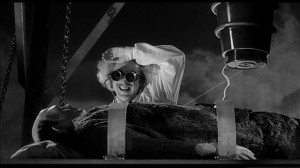
A slightly smaller current
The voltage change alone is not terribly interesting, and it certainly won’t help anyone fine-tune their gym routine. However, it turns out that the same current applied to different types of biological tissue produce different voltage measurements. Why?
Electrically, think of your leg as a collection of cells, a suspension of saltwater bubbles in conductive fluid. Charge can flow around these cells or through them, and can do so in varying proportions. Although the interior of a cell conducts charge well, the lipid bilayer of the cell membrane does not. Instead, it acts as a capacitor.
Taken together, we can construct the following model:
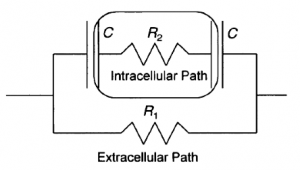
Figure 3, from Foster, KR, & Lukaski, HC (1996). Whole-body impedance – what does it measure?
As simple as it is, this model makes several useful predictions. For one, the presence of a capacitor predicts a frequency dependence to the current-voltage relationship: because current will stop flowing across a capacitor when it has fully charged, low frequency currents will travel primarily through the extracellular path, while high frequency currents will travel through both the intracellular and extracellular paths. This frequency-dependent opposition to current flow is called impedance, hence electrical impedance myography.
It also predicts a relationship between cellular geometry and impedance. For example, a large oblong cell (like a muscle cell) has more surface area and therefore more cell membrane than a small spherical one (like a fat cell). Because the cell membrane is what stores charge, the larger cell should exhibit greater capacitance.
If you’ve ever seen a scale that promises to tell you how fat you are, it works on exactly this principle. By applying a current to one foot and measuring the voltage at the opposite fingertip, the scale calculates the impedance of the entire body. This process, called bioelectrical impedance analysis (BIA), allows the scale to estimate the relative proportion of different tissues in your body. It’s a pretty coarse analysis and makes a few assumptions, but is still far better for assessing fitness than body weight alone.
Unfortunately, that old saying about assumptions still holds true. The equations that correlate whole-body impedance with body composition were developed with people of a certain age, gender, health, hydration, etc. in mind. BIA’s accuracy depends heavily on how well you fit that group.
Even so, BIA has two important things going for it:
- Numerous BIA-to-body-composition equations have been validated. For some populations, these equations can be very accurate. For example, one estimated fat-free mass with an r2 = 0.97 and standard error = 1.8 for a population of healthy adults (Kyle, et al., 2004).
- BIA is widely accepted method by the scientific and medical communities when used appropriately.
In contrast, electrical impedance myography (EIM) measures the impedance of smaller, localized area rather than the impedance of the entire body. How small an area? Estimating the distance between electrodes, Skulpt will measure no more than about 8 cm.
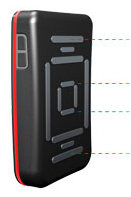
For scale, Skulpt appears to be roughly the size of a cell phone.
In other words, an individual measurement could estimate the tissue composition of your bicep or calf, but probably not your whole thigh or belly. Then, like skin-fold measurements, multiple estimates could be weighted together to estimate overall body composition. In principle, because a small percentage of overall body mass accounts for a large proportion of whole-body impedance*, this could enable EIM to be more accurate than BIA.
However, unlike BIA and skin-fold measurements, there is no scientifically validated method to convert EIM data to body composition. Furthermore, because it relies on the same fundamental principles as BIA, there is no guarantee it will be more accurate; converting EIM data to body composition still requires making assumptions, just different assumptions than converting from whole-body impedance.
When held beside to the massive quantity of peer-reviewed validation studies of BIA, Skulpt’s assertions look feeble:

But that’s only half of what Skulpt claims to measure. What about their “muscle quality index,” that invented metric that supposedly quantifies strength and definition?
Again, it’s not completely unrealistic. It makes intuitive sense that weaker, smaller, fattier muscle groups would exhibit different electrical properties than stronger ones, and Dr. Rutkove and others have used EIM to evaluate the strength of patients with neuromuscular disorders (e.g. Lou Gehrig’s disease). Although the technique has been used less extensively with healthy subjects, we should give them the benefit of the doubt here; our beloved funding agencies have a significant bias towards disease-oriented research.
Still, how does one define a muscle’s “quality,” and how does that relate to its impedance? They don’t say, and I won’t guess. Instead, they tell us:
![]()
Which uses the same logic as the statement: rubbing alcohol is good in cocktails because it contains the word alcohol.
More useful than any speculation is their video demonstration of several people using Skulpt, which convincingly shows how easy the device is to use. Incidentally, , it also reveals no obvious relationship between MQ and the apparent fitness of a person’s upper-arm:
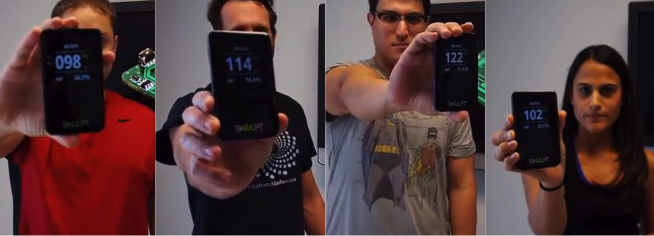
(Also, props to the VP of Product for rocking an old Batman t-shirt in the promo video.)
With a polished-looking prototype and more than $280k raised, Skulpt has no reason to miss their promised May 2014 ship date. At least then we’ll be able to look at some real data and can decide if Skulpt measures what it claims to measure, or it’s the one that needs improvement.
*Although the trunk can account for > 50% of the body’s fat free mass and weight, it only contributes 9% of the electrical impedance. In contrast, the forearm and lower leg combine to contribute 1.5-3% of body weight but 61% of the impedance (Kyle, et al., 2004). This makes whole body impedance sensitive to changes in the geometry and composition of the distal limbs, which contribute little to overall body volume and mass.
For a more thorough review of the principles underlying bioelectrical impedance analysis and electrical impedance myography (or if you just want to check my sources), read:
- (pdf) Foster, KR, & Lukaski, HC (1996). Whole-body impedance – what does it measure? Am J Clin Nutr 64(suppl), 388S-396S.
- (pdf) Kyle, UG, et al. (2004). Bioelectrical impedance analysis — part I: review of principles and methods. Clinical Nutrition 23, 1226-1243. doi:10.1016/j.clnu.2004.06.004.
- (pdf) Rutkove, SB (2009). Electrical impedance myography: background, current state, and future directions. Muscle Nerve 40(6), 936-946. doi:10.1002/mus.21362.
body composition, body fat, fitness tracker, mq, muscle quality, skulpt, skulpt aim



Leave a Reply